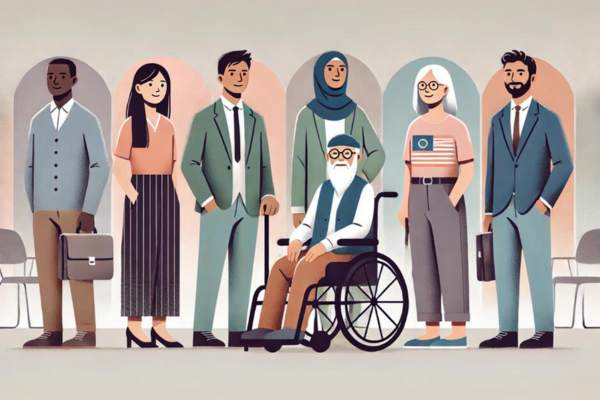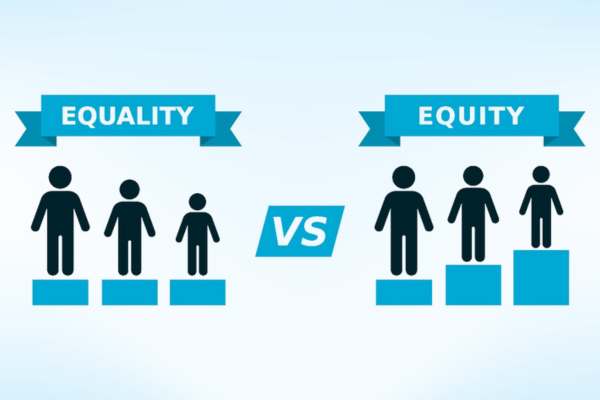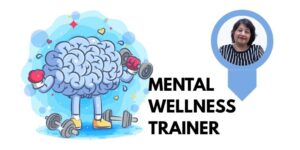“Diversity is everyone in the organisation being invited to go shoe shopping, inclusion is being asked to pick out the design they prefer, and equity is making sure everyone gets a pair that fits them right.”
Building a Vibrant Organisational Culture with Diversity, Inclusion, and Equity
As a counsellor, I’ve had the chance to connect with clients from many different walks of life. Each person brings their own unique story and perspective, shaped by their culture, ethnicity, and personal experiences. At Insightful Counselling, we’ve always valued these differences. They aren’t just important—they’re crucial. This belief has driven my dedication to fostering diversity, inclusion, and equity both in therapy and in every workplace.
Getting to Know Diversity, Inclusion, and Equity (DIE)
Diversity, inclusion, and equity are three related but distinct ideas that help create a respectful and fair work environment. These principles guide efforts to make sure people from underrepresented groups have equal access to opportunities, jobs, and feel they belong in the organization.
While we often talk about diversity, inclusion, and equity together, it’s key to remember that each has a unique role in shaping a positive and productive workplace. Diversity is about the mix of different people in a group, whether that’s in terms of race, gender, age, or other traits. Inclusion means making sure everyone feels welcome and valued for who they are. Equity, on the other hand, is about fairness—giving everyone the resources and opportunities they need to succeed, tailored to their individual needs.
An example could be a company introducing a hiring initiative focused on increasing the representation of people with disabilities. This initiative might include modifying recruitment practices to be more accessible, offering internships specifically for candidates with disabilities, and providing necessary accommodations during the interview process. By doing so, the company not only enhances diversity but also ensures equity by creating an inclusive environment where individuals with disabilities have equal opportunities to succeed and thrive in their careers.
What’s Diversity All About?
Diversity is all about recognizing and celebrating what makes each of us unique. It covers everything from our race and ethnicity to gender identity, sexual orientation, and even our physical and mental abilities. Think of it as all the different shades that make up the colourful tapestry of humanity.Usually, when we talk about diversity, we’re looking at groups of people who might not be as well-represented in certain places or industries. But it’s not just about the numbers—it’s about embracing different perspectives and ideas that come from our varied backgrounds.
Here are some key elements of diversity to consider:
– Race
– Ethnicity
– Sexual orientation
– Socioeconomic status
– Gender identity
– Religion
– Language
– Age
– Marital status
– Veteran status
– Mental abilities
– Physical abilities and disabilities
And don’t forget—diversity also means the mix of ideas, perspectives, and values that everyone brings to the table.
What is Inclusion all about?
Inclusion is all about creating a space where everyone feels like they belong. It means actively inviting each person and group to join in and share their unique contributions. When we talk about an inclusive environment, we’re talking about a place that welcomes and embraces differences. It’s about showing respect to everyone, both in what we say and what we do.
An inclusive workplace is one where everyone feels supported, respected, and able to work together. It’s a place where all employees are encouraged to participate and give their best. To achieve this, companies need to break down barriers, get rid of discrimination and intolerance, and strive to create an environment where employees feel they belong. It’s also about having fair procedures and HR departments that are aware of social issues and committed to supporting everyone.
Equity is different from equality. Equality will mean giving each person the same opportunity. For example, buying the same size shoe for all whether they fit them or not, however equity is being mindful, observing and offering opportunities that give them a fair chance. Providing shoes that fit each person.
Another example that comes to my mind, is as parents we have to be mindful and provide equity not equality. For example, my son who was good at cricket needed more of my time getting him to the cricket grounds etc. Whereas my daughter who was good at golf needed my time for her golf. This according to me is equity when I was there for to groom their strengths.
Equity is all about giving everyone a fair shot. It means making sure everyone gets equal treatment, access, opportunities, and chances to move up, especially at work. Equity is about spotting and tearing down the barriers that stop some groups from fully taking part in society or certain jobs.
When people work to promote equity, they dig deep to understand why these gaps exist in the first place. The goal is to ensure things are done fairly and justly, and that resources are distributed evenly within our systems and institutions. You can see equity efforts in workplaces, schools, the justice system, and other areas where fairness needs a boost.
The Importance of Diversity in the Workplace
In my counselling practice, I’ve seen firsthand how diversity enriches interactions and fosters a deeper understanding. Take Ahmad, for example, a client from a Malay background. Working with him helped me appreciate how cultural values shape approaches to problem-solving. Similarly, my sessions with Mei Ling, a Chinese client, highlighted the significant influence of family dynamics on career choices.
These experiences underscore the immense value that diversity brings to the workplace. A team of people from different backgrounds is more likely to generate creative ideas and innovative solutions. When employees feel their unique identities are respected and celebrated, they’re more likely to be engaged, motivated, and contribute to their fullest potential or Aarti who was influenced by her family and culture to ponder on
Strategies to Foster Inclusion at the Organizational Level
Creating an inclusive environment doesn’t happen by accident—it requires deliberate and thoughtful action. One practical approach is to offer regular training on cultural competency.
Think of inclusion as making sure each employee has the right shoe size. Just as you wouldn’t expect everyone to fit into the same pair of shoes, you can’t expect a one-size-fits-all approach to inclusion to work. It’s essential to understand each person’s individual needs and preferences, whether it’s their communication style, work preferences, or cultural background. By considering these factors, you create an environment where everyone can truly thrive.
Another effective strategy is establishing Employee Resource Groups (ERGs). These groups, formed around shared characteristics such as ethnicity or gender, provide a supportive network for employees and offer valuable insights to leadership on better meeting the needs of a diverse workforce.
Achieving Equity: Best Practices and Challenges
Equity is about recognizing that different people have different needs and ensuring those needs are met. For example, I once worked with Priya, an Indian client who faced challenges accessing career development opportunities at her company. By advocating for fair and just policies, organizations can ensure that all employees, regardless of their background, have the chance to succeed.
However, achieving equity can be challenging. Organizations must critically examine their policies and practices to identify and address biases. This can be an uncomfortable process, but building a truly equitable workplace is necessary.
Measuring How Well Diversity, Inclusion, and Equity Efforts Are Working
If organizations want their diversity, inclusion, and equity initiatives to succeed, they need to track their progress. This can be achieved through employee surveys, diversity audits, and regular feedback sessions. For example, after rolling out an inclusion program, Aishah’s company used a survey to gauge its success. The responses from employees pointed out what was working well and what needed improvement, highlighting the necessity of continuous evaluation and tweaks.
Key Point
Embracing diversity, inclusion, and equity isn’t just the right thing to do—it’s crucial for business success. By fostering these values, organizations can create a stronger, more innovative, and resilient workforce. At Insightful Counselling, I’m dedicated to helping individuals and organizations develop environments where everyone can flourish.
Reference:
5 Strategies for Creating an Inclusive Workplace – Harvard Business Review
Fostering a Diverse, Equitable, and Inclusive Workplace: Key Strategies for Leaders – Business Leadership Today










